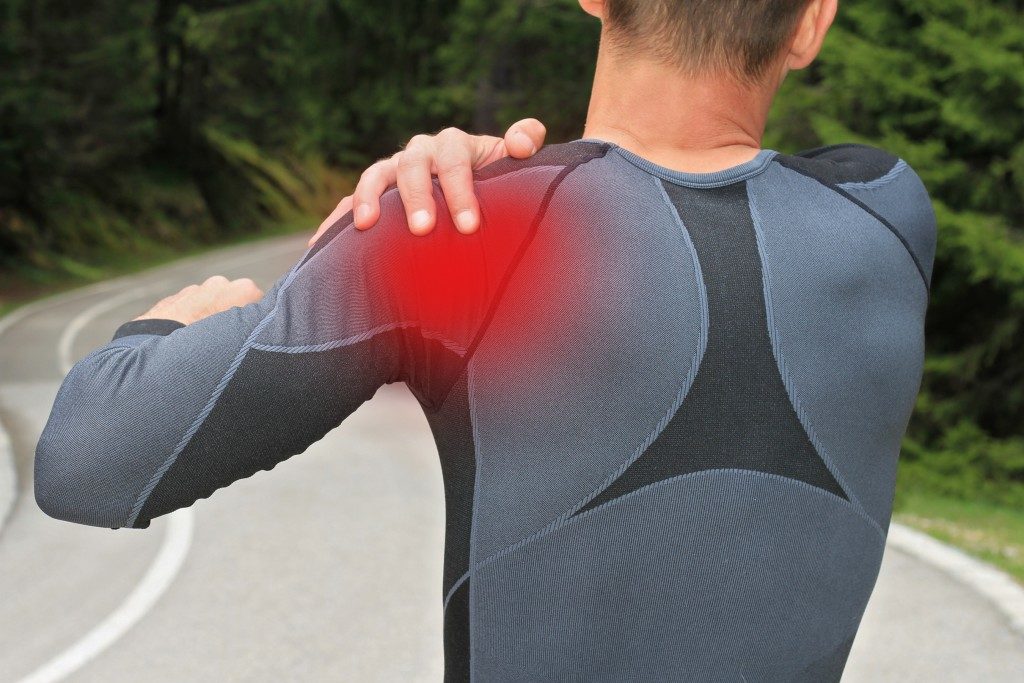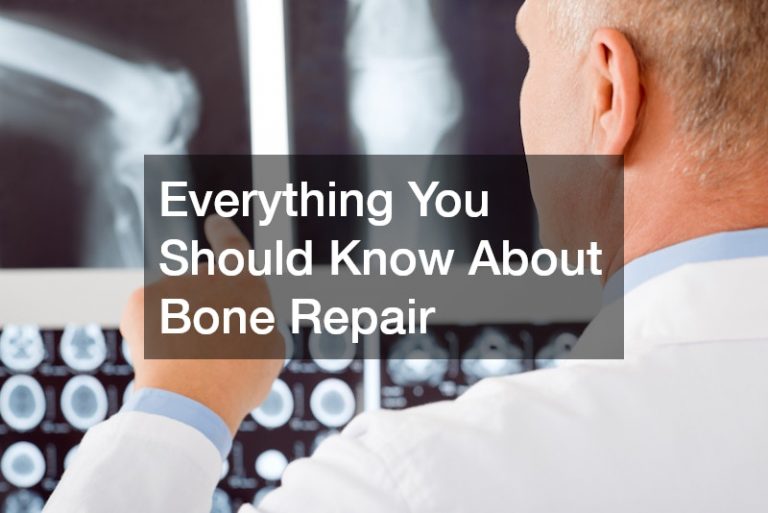A superior labrum from anterior to posterior (SLAP) tear is an injury to one of the shoulder joint’s components known as the labrum. Your shoulder joint is a socket and ball joint much like your hip joint. But its socket is very shallow, so it is naturally unstable.
So to offset this shallow socket, your shoulder joint contains a labrum, which is a circular cartilage rim that has some kind of cup that the humerus or end portion of your arm bone can move within. Basically, your labrum deepens your socket.
What SLAP Tears Feel Like
The most usual symptoms of a SLAP tear are pain and catching feeling when you move your shoulder, usually when throwing things or during overhead tasks. Patients also often feel pain deep within or at the shoulder joint’s back portion.
It’s usually difficult to determine symptoms unless it involves the biceps tendon. If the SLAP tear is related to biceps tendonitis, you may also feel pain in the biceps tendon and front portion of your shoulder.
In addition, symptoms in competitive athletes are usually subtle, but more significant such as a volleyball player finding it more difficult to serve the ball than usual or a baseball player noticing less zip when throwing ball.
Common Causes of SLAP Tears
The most common causes of SLAP tears include lifting heavy things, falling on an outstretched hand, as well as repetitive overhead movements such as throwing. The reason for this is that the specific location in the labrum where SLAP tears happen is vulnerable to injury.
This is due to the fact that it has poor vascularity, while some labrum parts usually heal faster because it gets more blood flow. And this isn’t the case for the location of SLAP tears.
Treating SLAP Tears

In most cases, SLAP tears are treated with basic procedures for easing pain and regaining shoulder mobility and strength. Orthopedic doctors usually recommend nonsurgical therapies for three months, and after three months, plenty of people could typically return to daily tasks and sports without further interventions.
In the event that you don’t see any improvement after undergoing nonsurgical treatments, your orthopedic doctor might recommend minimally invasive surgery for your shoulder in Utah County. However, if your SLAP tear results in shoulder weakness and nerve damage, you might need immediate and more invasive surgical treatment.
SLAP tears are essentially injury to the labrum, a cartilage surrounding your shoulder joint. It is very vital for stabilizing your shoulder joint and is also the location of attachment for a major tendon within your shoulder. When your labrum gets injured in this particular part, it could lead to pain and difficulty in performing overhead tasks like throwing.
SLAP tears are more common in athletes than typical people who don’t do sports. While diagnosis isn’t that easy, there are certain tests that orthopedic doctors use for a faster and accurate diagnosis. The most important thing to remember is that when you experience any of all the symptoms mentioned above, go to an orthopedic doctor as soon as possible for a professional evaluation and prompt treatment.






